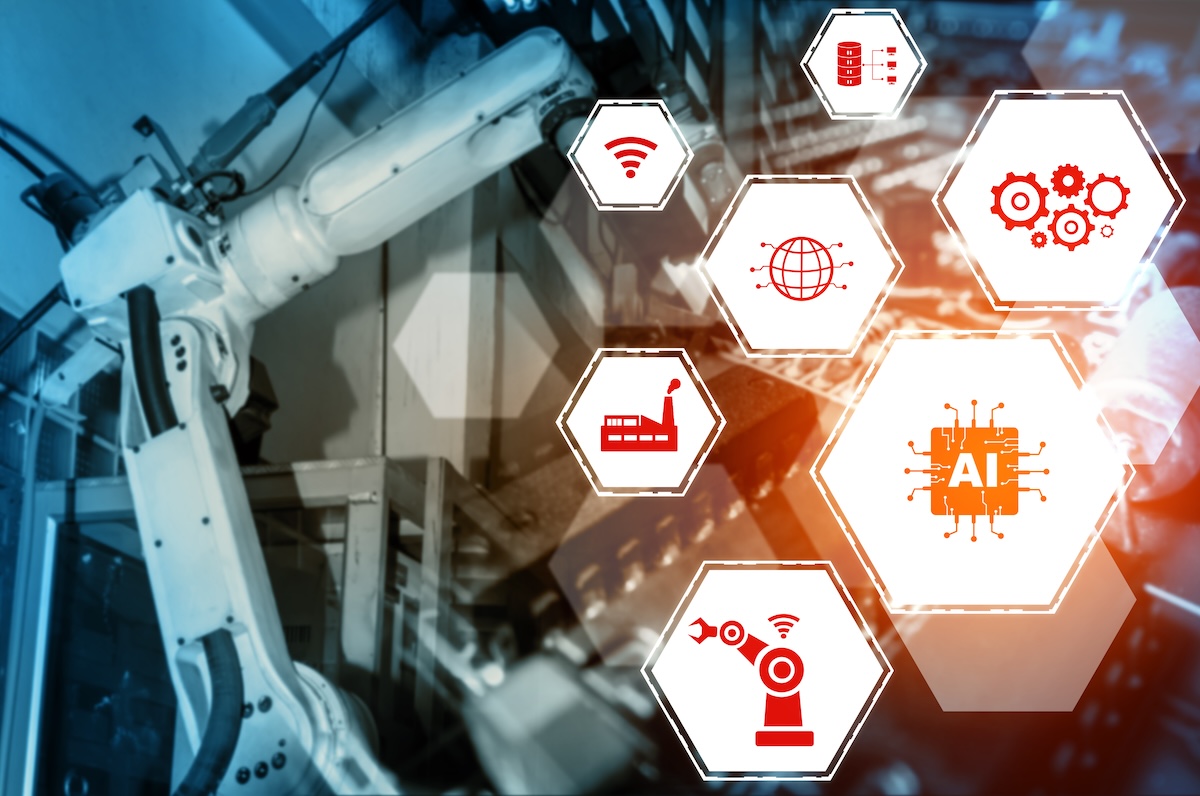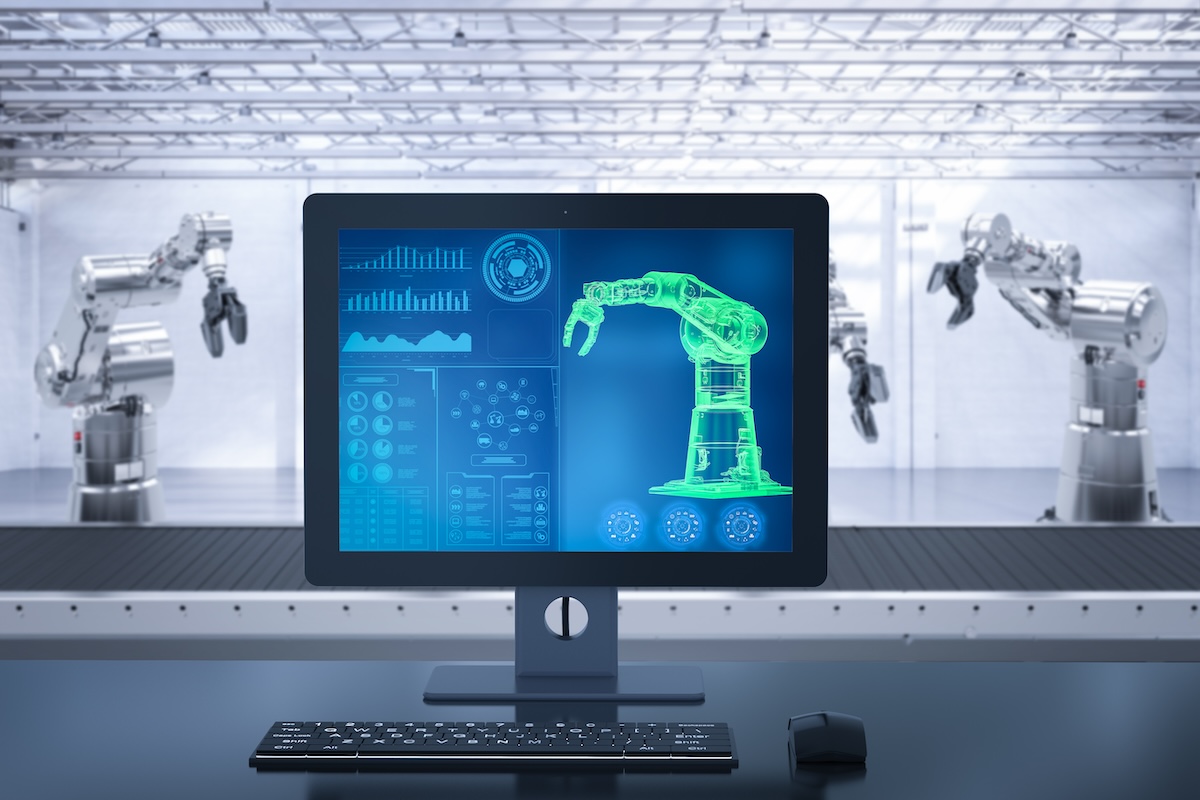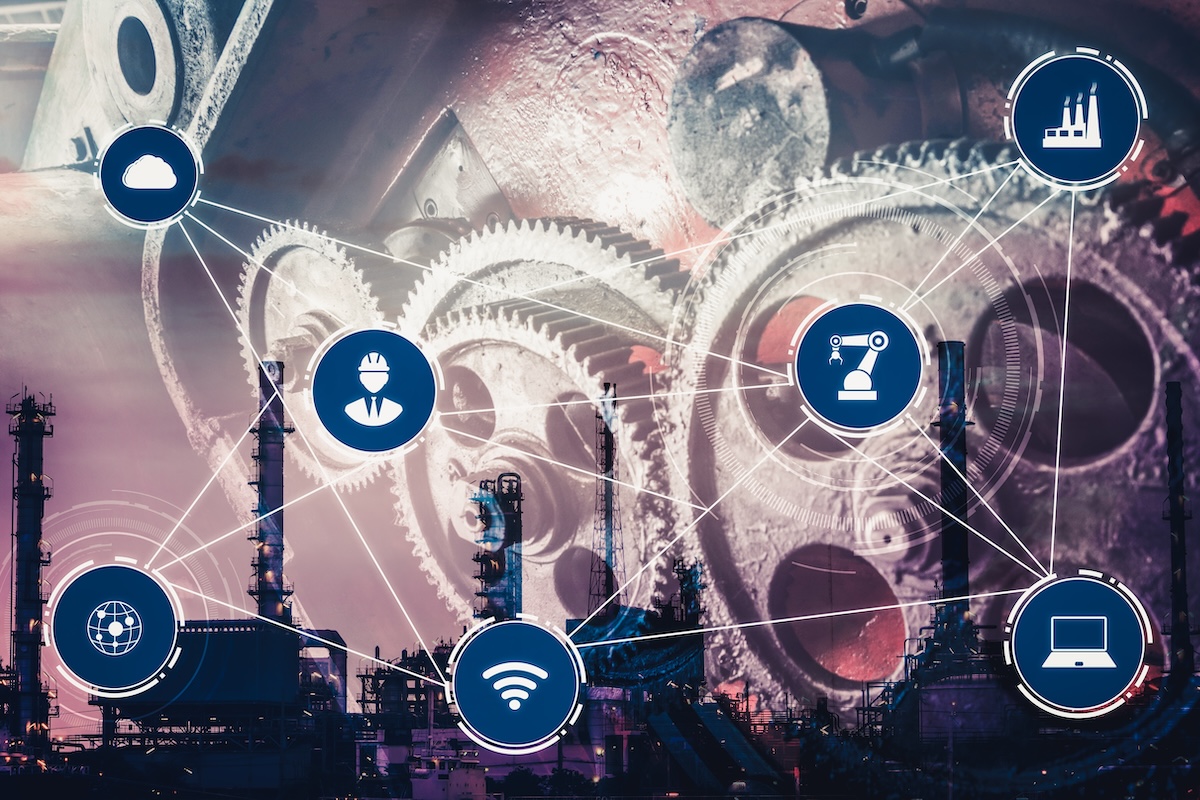5 Advantages of Adopting Assisted Reality in the Industrial Enterprise
The power of overlaying digital information atop the physical world through the form of Augmented Reality (AR) and Mixed Reality (MR) is generating a great deal of buzz in both the enterprise and consumer markets. Yet, many industrial enterprises are still waiting for AR/MR hardware to fully mature to take advantage of its most useful capabilities. Fortunately, enterprises don’t have to wait to get started with smart glasses. They should instead focus on use cases that leverage “assisted reality” – a subset of AR – to see immediate, material value.
The difference between assisted reality and immersive AR resides in the ability to create “registered experiences,” or, displaying virtual content connected to objects in the real world. In assisted reality, users see contextually relevant digital information through a hands-free display. However, unlike with AR, information is not registered to a specific object, nor does the imagery change according to the user’s position and view point. Also, most assisted reality content is two-dimensional, comprising text, diagrams, images and videos.
Instead of waiting for immersive AR and MR to reach their full potential, industrial enterprises can invest today to realize significant impact in assisted reality technologies and use those experiences to prime for the future. The following are five advantages of adopting assisted reality now in the industrial enterprise:
- Delivered via both mature and emerging devices. Reliable smart glasses that support assisted reality have been around since the early 2010s. The most visible example, Glass™ Enterprise Edition, wasn’t initially ideal consumer technology, but has quietly revolutionized manufacturing and related industries by providing a solution for hands-on workers. Other devices such as Vuzix M300 and Realwear HMT-1 are purpose-built for industrial settings, compliant with enterprise asset management protocols, and priced comparably with handheld mobile devices. Binocular smart glasses such as Microsoft HoloLens, DAQRI Smart Glasses, ODG R-7 and Epson BT-350 can also deliver assisted reality experiences leveraging their comparatively larger screen sizes.
- Uses data from existing enterprise sources. There are a couple of ways to deliver data to smart glasses, but we recommend leveraging a software platform that seamlessly integrates with your current systems of record that govern your business processes. Systems that govern your manufacturing operations (MES), material handling (WMS), and service, inspection and maintenance operations (FSM), as well as those providing plant and enterprise-level insights (ERP and PLM), already contain the information that your workforce is using every day. A hardware-agnostic software platform gives you the ability to build applications that fit your workforce and workplace scenarios without replicating your data or having to manage a new set of technologies in your data center. Once deployed within an enterprise environment, we’ve seen new use cases implemented in under a week using this platform approach.
- Supports mainstream work scenarios for industry: Think about the biggest challenges in your business: productivity, quality assurance, knowledge transfer. All of these challenges can be alleviated by assisted reality – today. Simplify complex, multi-step assembly tasks by keeping step-by-step instructions in the worker’s line of sight. Help workers achieve unprecedented productivity and accuracy in order picking. Cut down on the waste and inefficiency of paper-based processes and documentation with two-way access to digital information. Boost quality and safety by giving front-line workers an easy way to escalate questions to experts in the office, providing a first-person point of view on the problem. The everyday applications are vast, and deployment does not require extensive investment or training.
- Measurable productivity benefits. The value of assisted reality in the workplace isn’t just claimed; it’s proven with longitudinal data from real deployments. We’ve seen productivity gains as much as 46 percent; reduced of error rates and improved first time quality by as much as 30 percent; reduced training times and more. In fact, across multiple companies and industries, the average performance improvement realized using an assisted reality software platform with smart glasses is 32 percent. With the typical cost structure in a manufacturing plant, implementing such a solution for 1,000 industrial workers translates into $25 million dollars of return on investment (ROI) annually.
- Production-ready solutions available now. Assisted reality has been hard at work in production settings at top industrial companies including Boeing, General Electric, The Coca-Cola Company and many others. If you still have it on the test bench or in a small production deployment, you are falling behind the leaders.
Toward the Reconfigurable Workforce
Beyond the immediate business drivers, analyst firms like Gartner are guiding companies investing in Industry 4.0 technologies—robotics, IoT, sensors, predictive data analytics and smart, connected equipment—toward AR solutions to connect the human workforce with all these new tools and data. That’s another application of assisted reality that doesn’t require the registration and location components of augmented or mixed reality. Workers just need a way to connect to the data and functionality they need without taking their hands off their tools or their eyes off their work. Assisted reality, delivered through an integrated, secure platform to today’s enterprise-ready smart-glasses and devices, provides the solution.
As we move toward a more integrated vision of industry, with people and machines working side-by-side to meet rising customer expectations and competitive needs, assisted reality offers a way for human workers to keep abreast of innovation and continue to contribute value to the process. As machines get smarter, people can move at the same pace, developing new skills, pushing their knowledge out to the network, and tapping into the collective experience of veteran workers, colleagues and experts.
It’s a vision that we call the Reconfigurable Workforce. That might sound like a grandiose idea, but it starts with some simple investments that any enterprise can make today.
Mainstream vs. Bleeding Edge
We advise industrial enterprises to think critically about the advantages of both types of AR in their businesses, and critical loss of missing out. Our customers are seeing productivity, efficiency, quality and safety benefits from smart glasses and assisted reality in a wide range of everyday work environments that don’t require—and may never require—the registered AR/MR experience. These industrial leaders would gain nothing by waiting for additional developments along the immersive AR track, and might in fact lose competitive advantage and potential savings by not moving fast enough.
Undoubtedly, AR will be transformative for business and not just technologically impressive. But in the meantime, when your company has real work to do, the “real world” AR is here to assist.
 The article was written by Brian Ballard, CEO and Co-founder, Upskill, a company that provides wearable technology to connect hands-on workers to the information, equipment, processes and people they need to do their jobs with greater efficiency and less errors.
The article was written by Brian Ballard, CEO and Co-founder, Upskill, a company that provides wearable technology to connect hands-on workers to the information, equipment, processes and people they need to do their jobs with greater efficiency and less errors.



